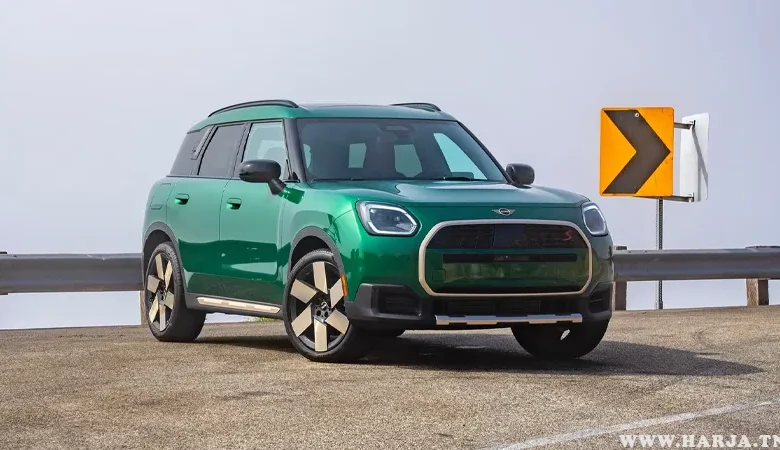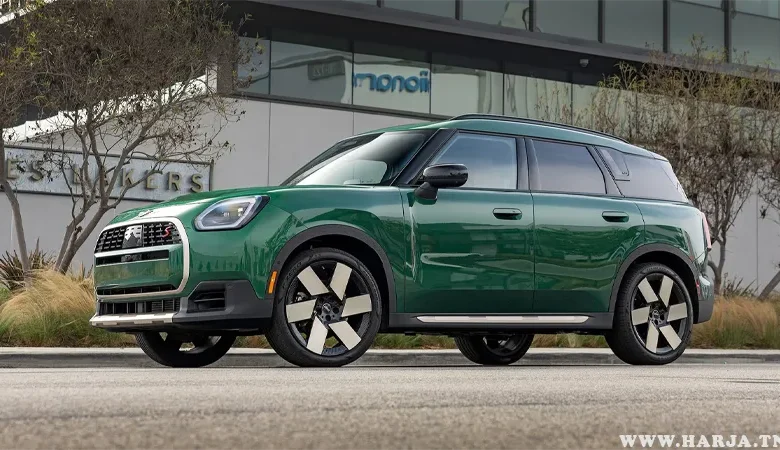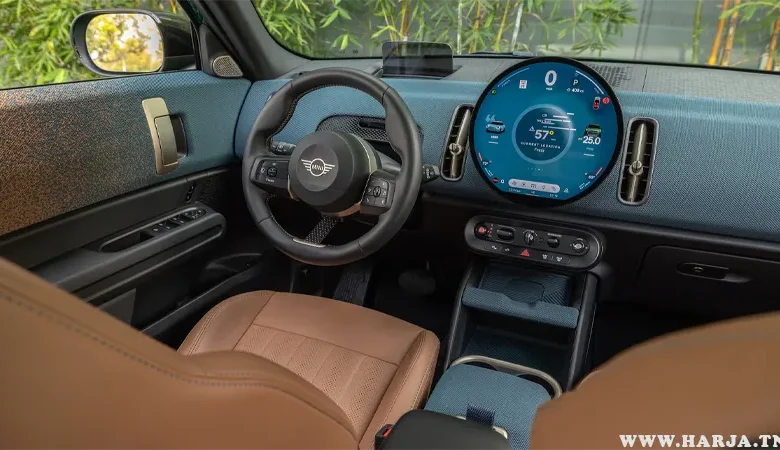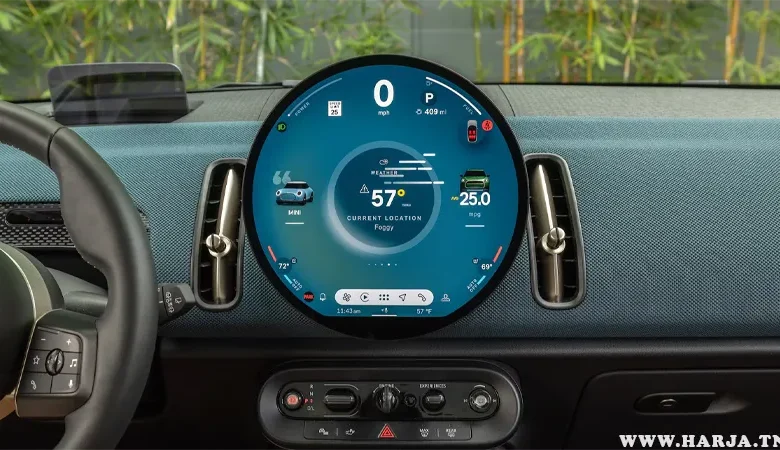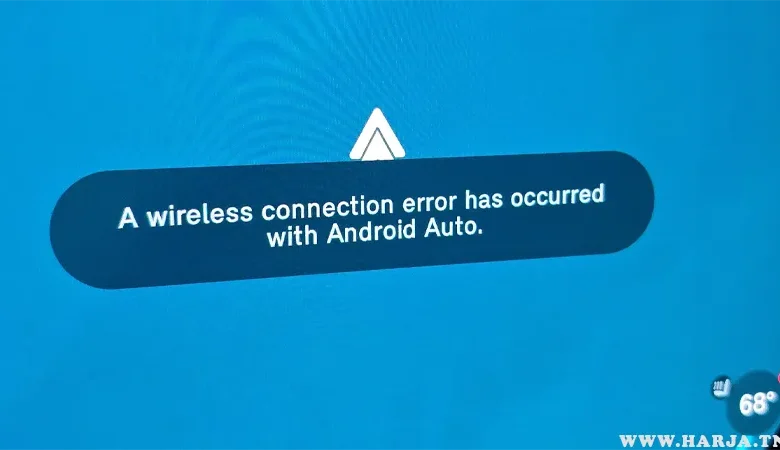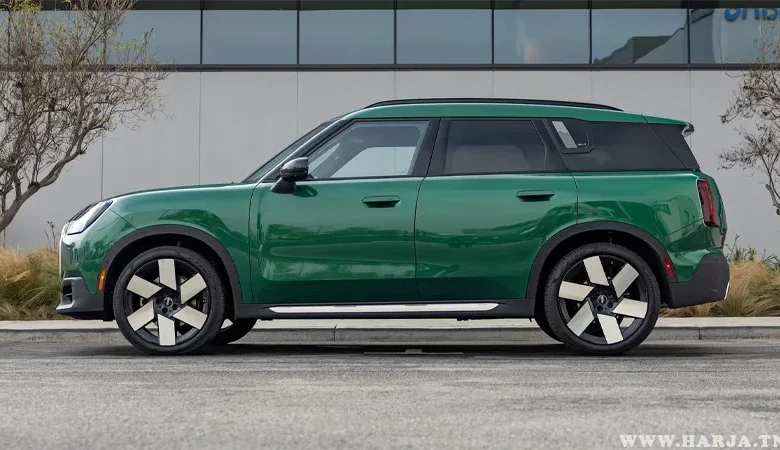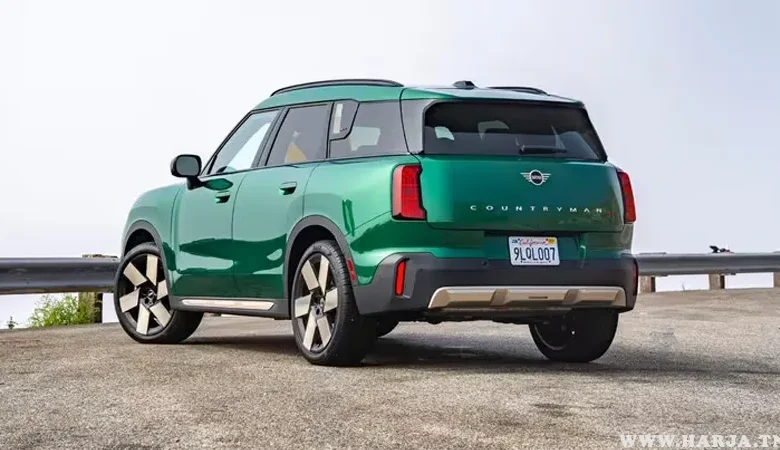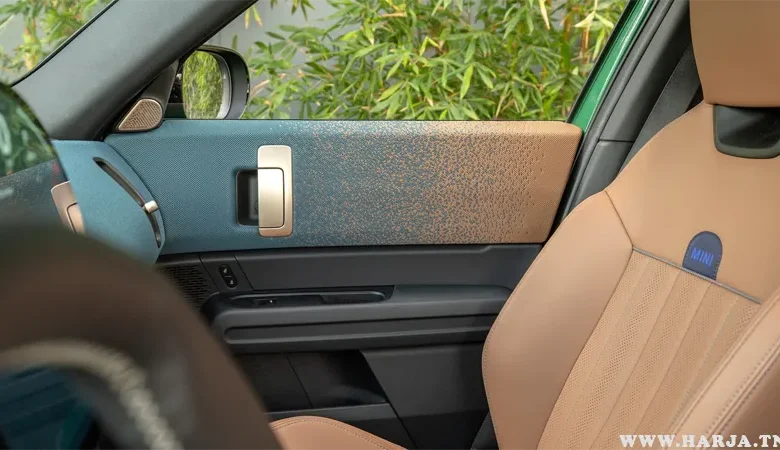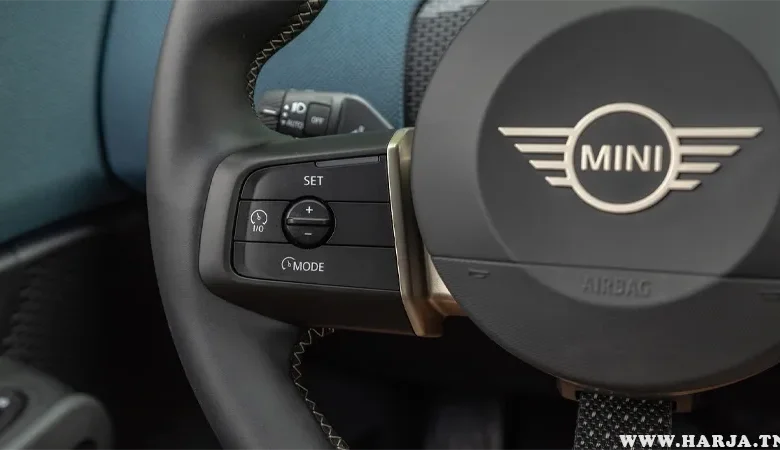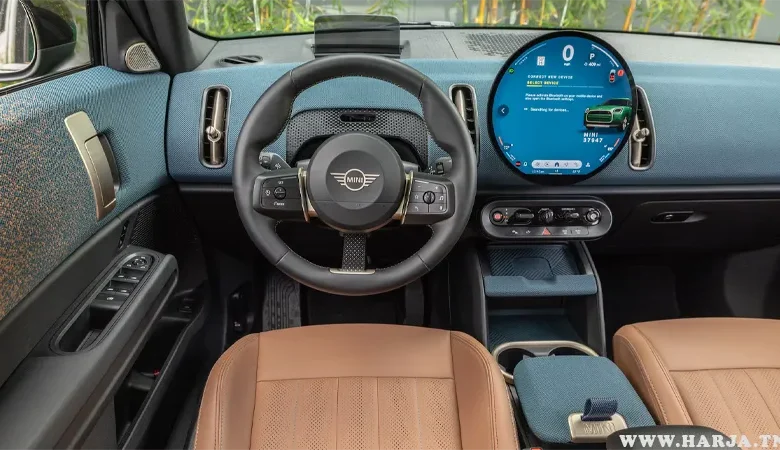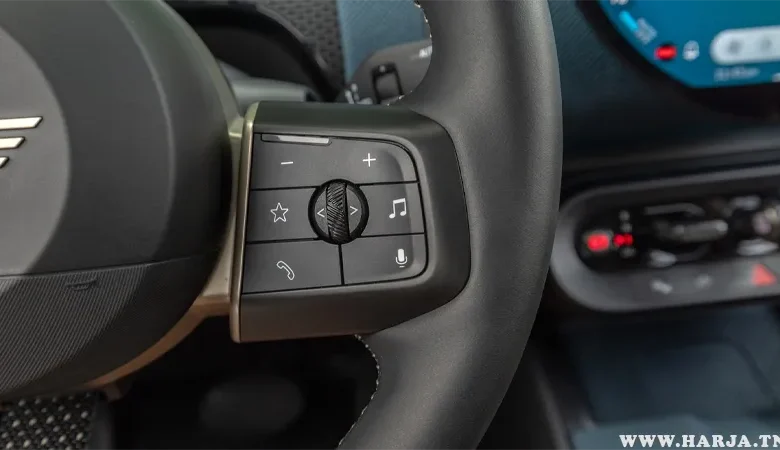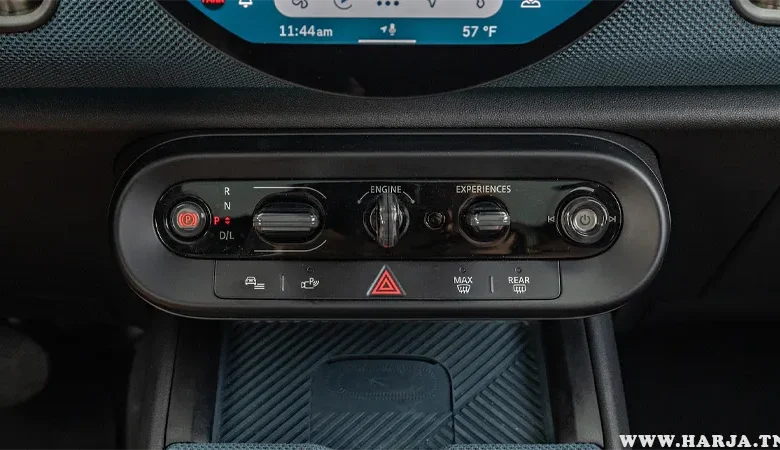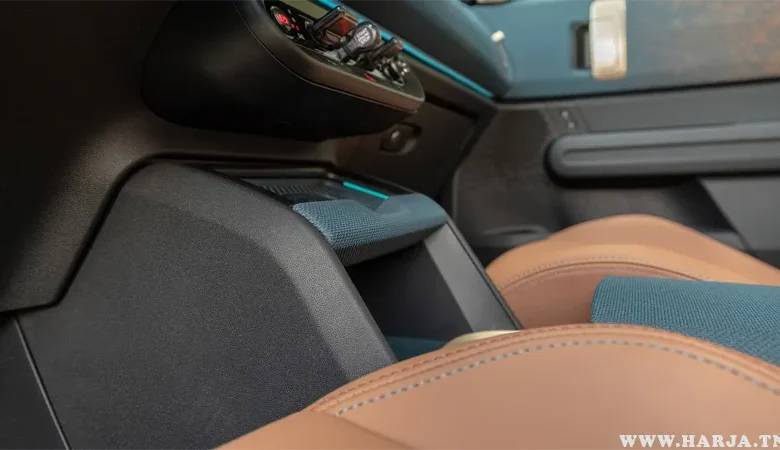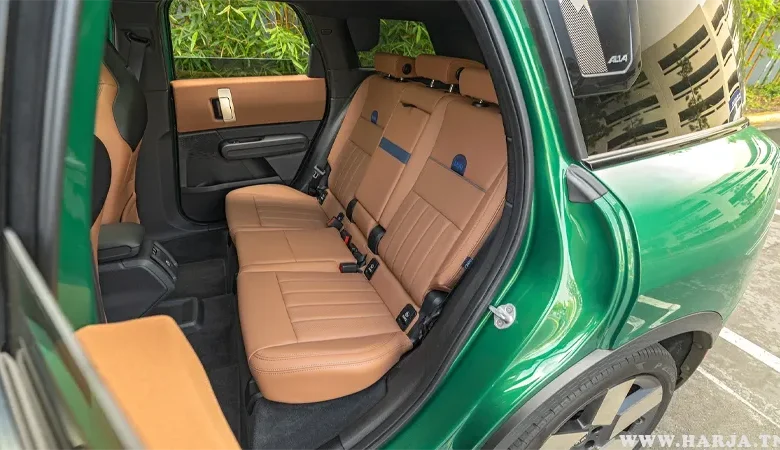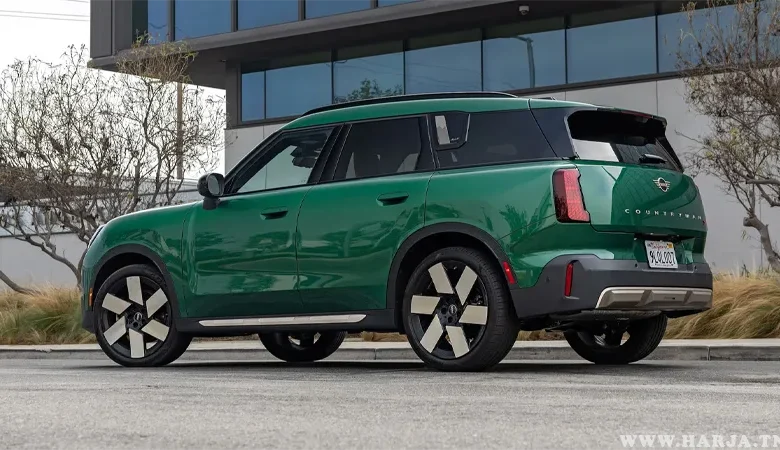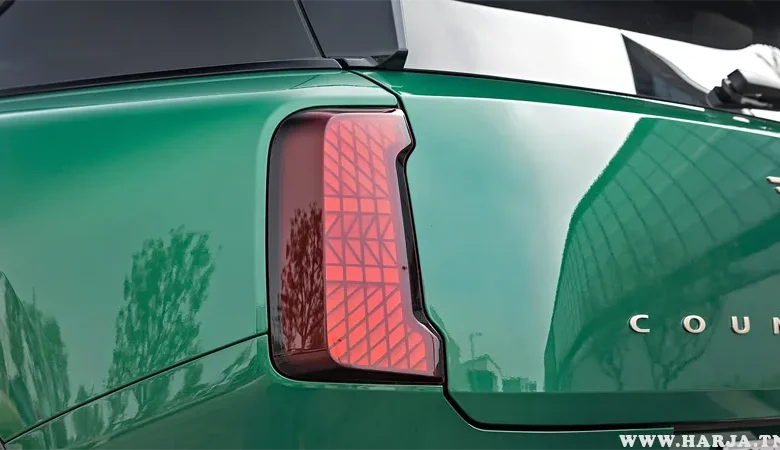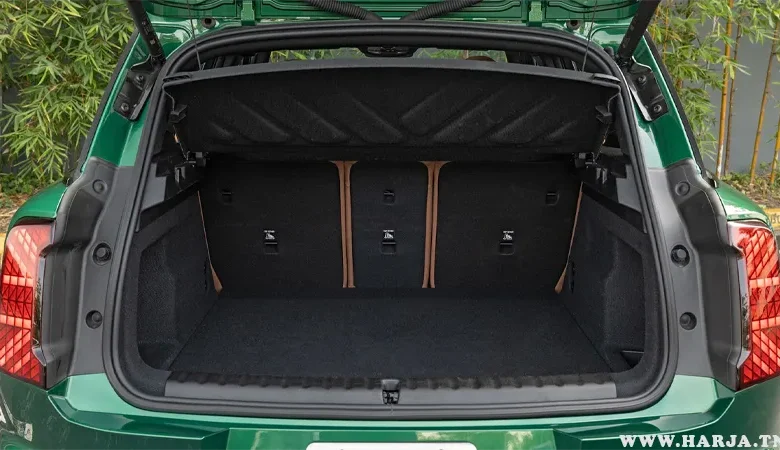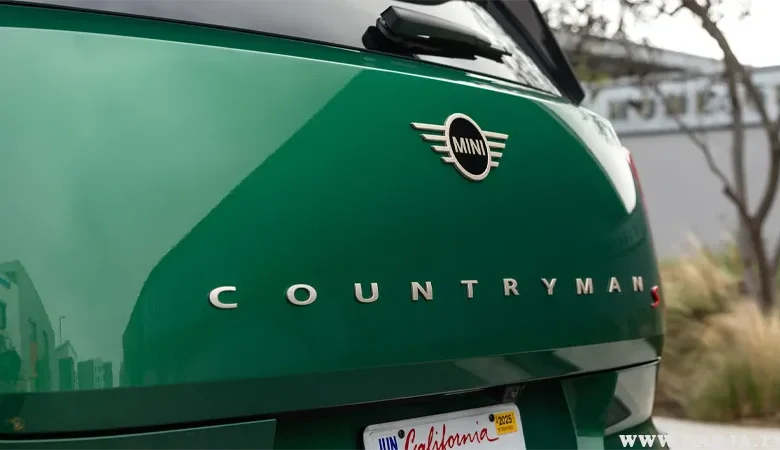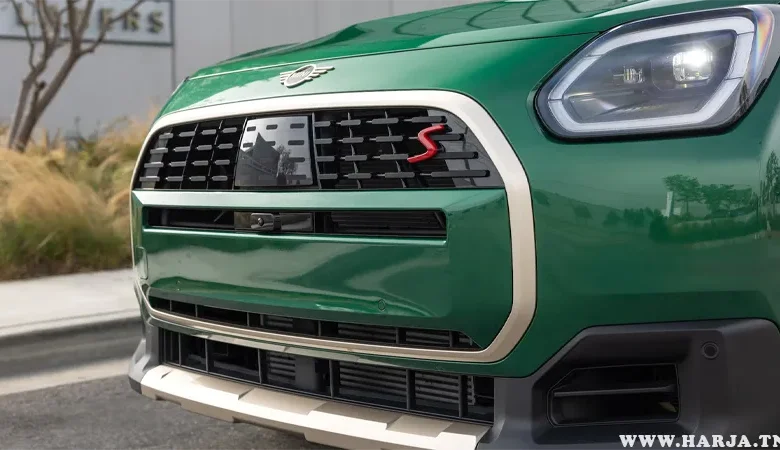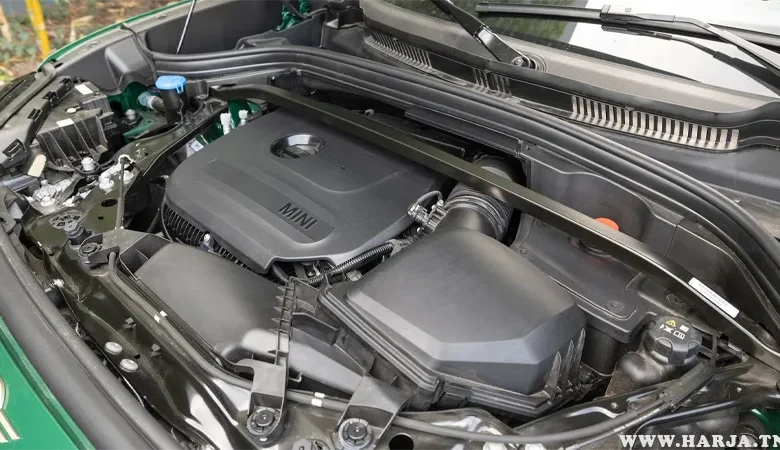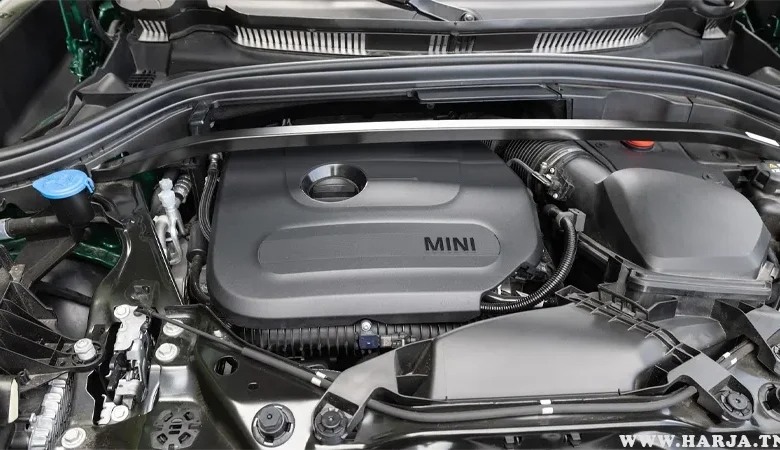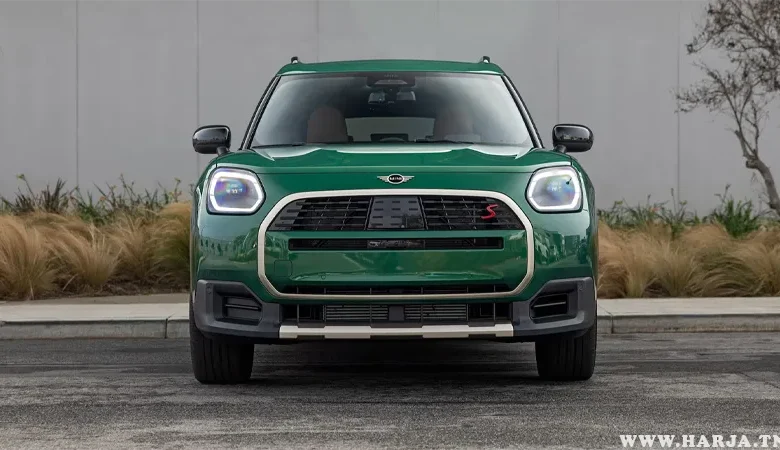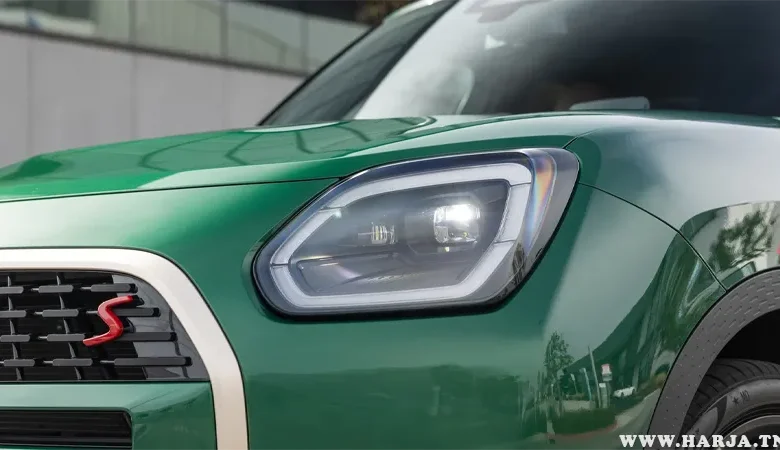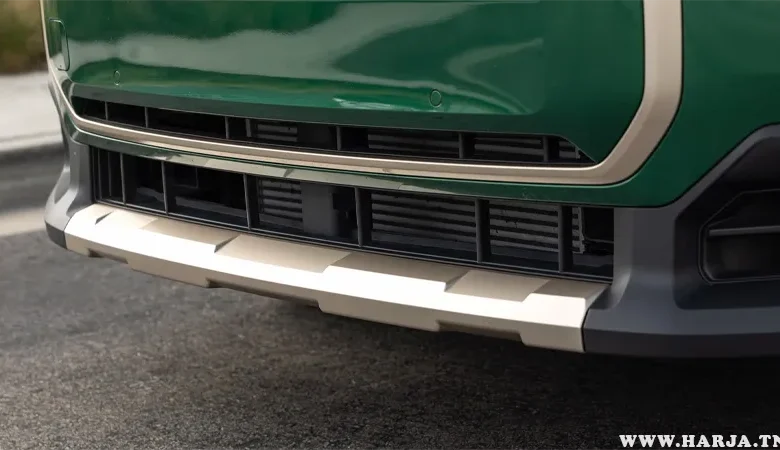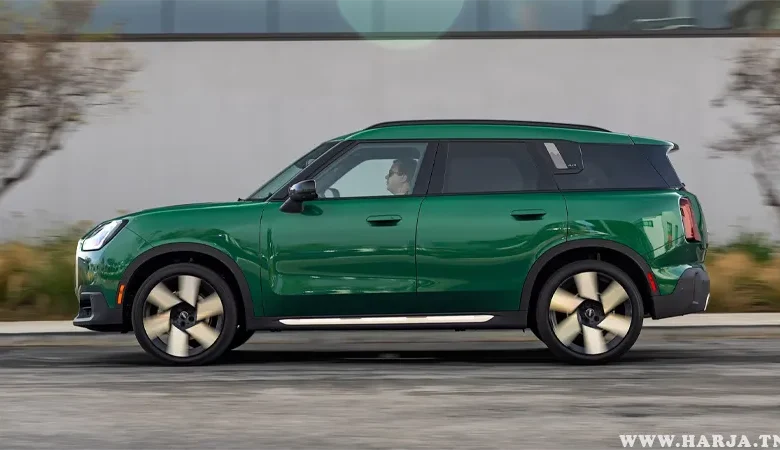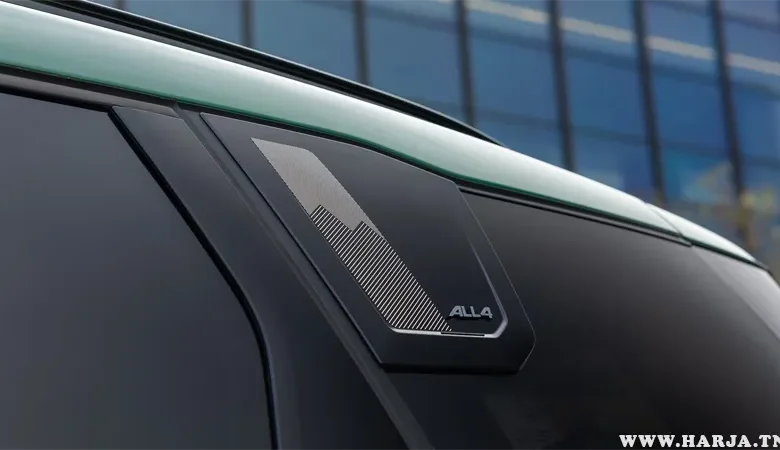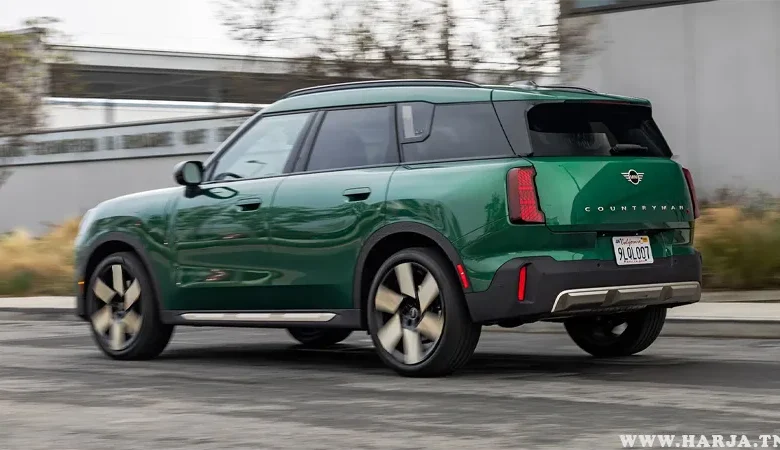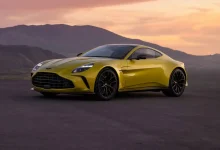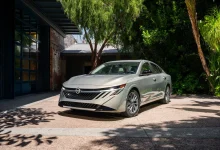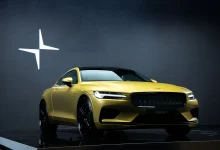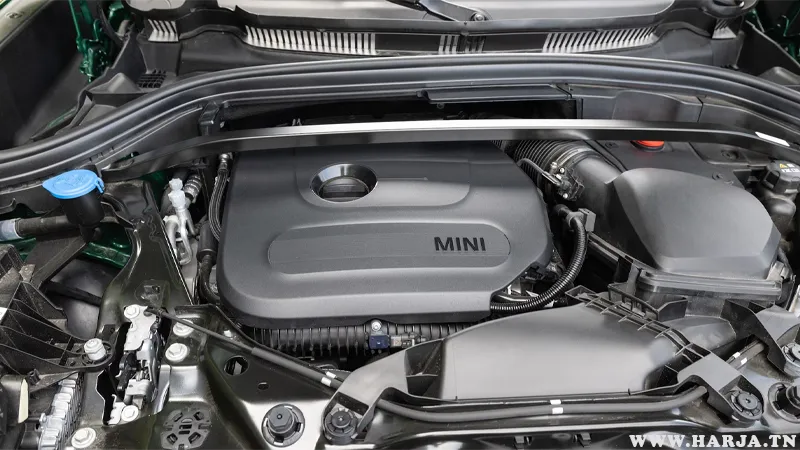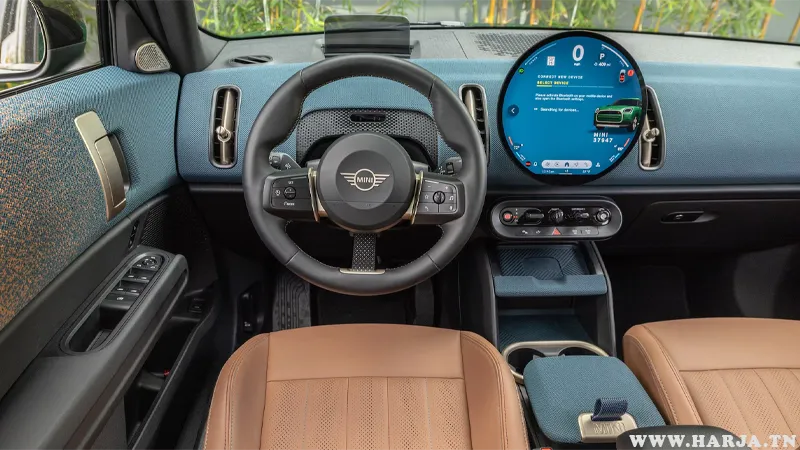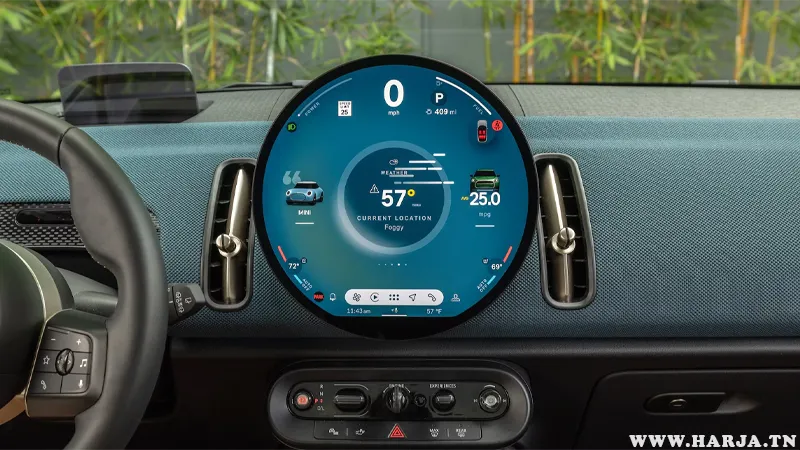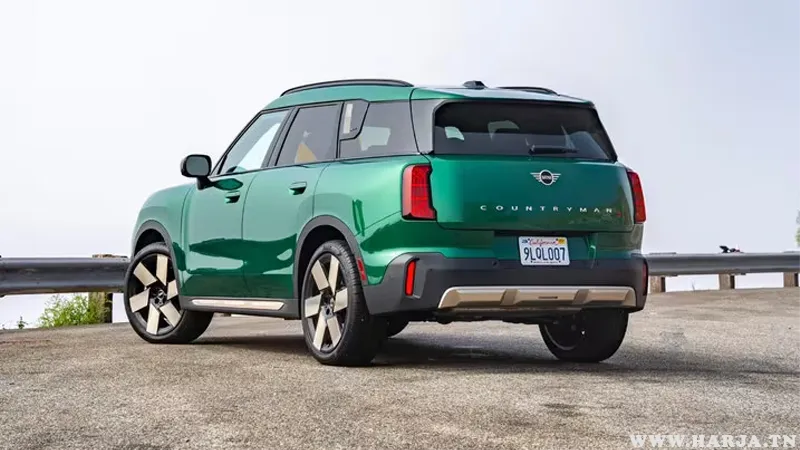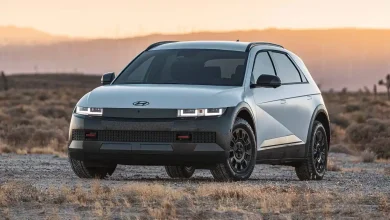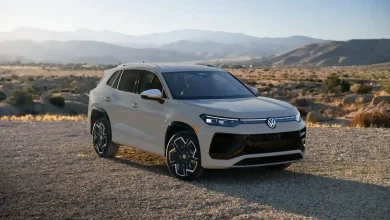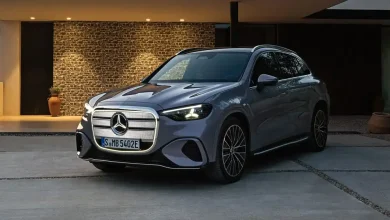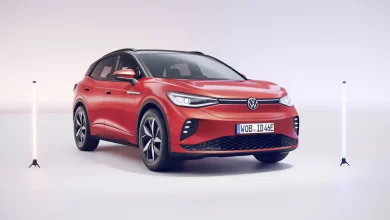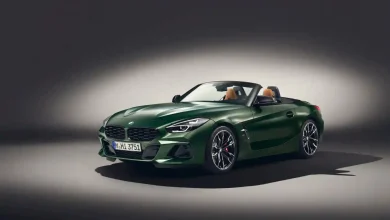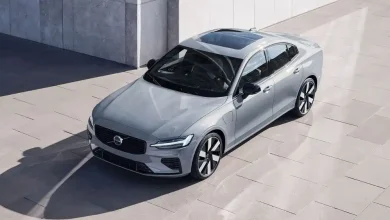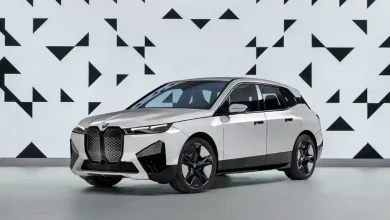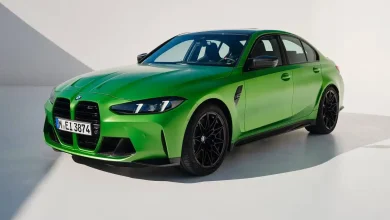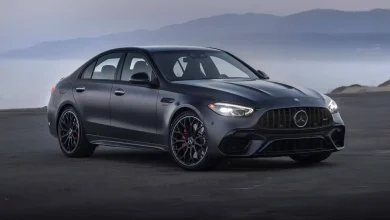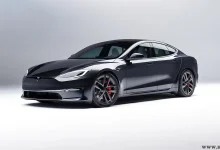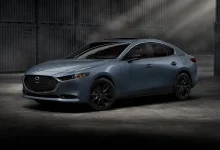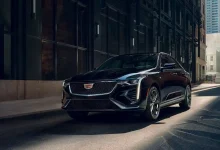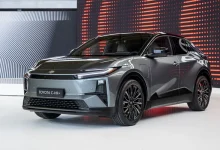2025 Mini Countryman S All4 First Test: Almost All Good
The third-generation Countryman SUV moves forward even while its tech doesn't necessarily satisfy.
The 2025 Mini Countryman S All4 has taken a bold leap forward. Bigger, stronger, and more sophisticated than its predecessor, this compact crossover wants to be more than just the “quirky” option in the small SUV segment. Mini has reimagined the Countryman with more space, more power, and tech-savvy upgrades. But does that make it better? We took the new Countryman S All4 for a first test to find out just how close it gets to greatness.
Big Changes, Bigger Personality
The 2025 Countryman is the largest Mini ever, and it wears that title with confidence. With a longer wheelbase, more upright stance, and muscular proportions, it sheds some of its “cute” image in favor of a more SUV-like posture. But don’t worry—the signature Mini styling still stands out.
Key Exterior Changes:
- Grown by 5.1 inches in length and 2.5 inches in height
- Redesigned LED headlights and Union Jack LED taillights
- More angular fenders and squared-off edges
- Optional 20-inch wheels and contrasting roof colors
Despite its increased size, the Countryman S All4 still has charm. It turns heads in city traffic while looking more grown-up and adventure-ready than before.
Pricing & Trims
The S All4 sits in the middle of the Countryman lineup, offering a blend of all-wheel drive traction and extra power at a relatively accessible price point.
| Trim | Starting MSRP (USD) |
|---|---|
| Countryman C | $32,995 |
| Countryman S All4 | $38,900 |
| Countryman JCW | $47,895 |
Our test model came with premium features like a panoramic roof, HUD, and the Harman Kardon audio system, pushing the final price to about $44,000.
Powertrain and Performance
Under the hood, the 2025 Countryman S All4 boasts a 2.0-liter turbocharged inline-4 engine paired to a 7-speed dual-clutch automatic and standard ALL4 all-wheel drive.
Performance Specs:
- 241 hp
- 295 lb-ft of torque
- 0–60 mph in 5.8 seconds
- Top speed: ~145 mph
- Fuel Economy: 25 mpg city / 31 mpg highway
The turbo-four pulls strongly, especially in mid-range acceleration, and the AWD system helps lay down torque with confidence. In spirited driving, the Countryman stays surprisingly nimble, although it lacks the classic “go-kart” Mini feel due to its increased size and weight.
Real-World Drive Impressions
On the road, the new Countryman S All4 delivers improved ride quality and cabin refinement. It’s less jittery than older Minis and feels more composed over rough pavement.
The Good:
- Confident cornering for a crossover
- Strong power delivery in Sport mode
- Quiet highway cruising
- AWD adds stability in wet and gravel conditions
The Not-So-Good:
- Dual-clutch transmission is hesitant at low speeds
- Engine noise under hard throttle sounds more coarse than sporty
- Brake pedal feel could be firmer
Overall, it’s a surprisingly versatile crossover that can play both urban cruiser and light trail explorer.
Interior: A Tech-Heavy Makeover
Mini has completely overhauled the cabin for 2025. The centerpiece? A circular 9.4-inch OLED touchscreen. It’s bold, modern, and undeniably Mini.
Interior Features We Loved:
- Minimalist dash with soft-touch surfaces and two-tone accents
- Heated and ventilated leatherette seats (optional)
- Unique toggle switches and “Experience Modes” for ambient lighting/sound themes
- Wireless Apple CarPlay and Android Auto
- Head-Up Display and Wireless Charging
Rear passengers enjoy more legroom thanks to the longer body, and cargo space now measures 25.5 cubic feet behind the rear seats, expanding to nearly 64 cubic feet with them folded flat.
Tech and Connectivity
The 2025 Countryman introduces Mini Operating System 9, paired with their new Mini Intelligent Personal Assistant.
Key Tech Features:
- “Hey Mini” voice assistant with AI-powered commands
- Live weather, navigation, and traffic updates
- Digital key with smartphone unlock/start
- 5G connectivity for OTA updates
- Optional Harman Kardon 12-speaker premium audio system
We especially liked the personalized themes, which adjust lighting, music, and graphics based on your mood.
Safety and Driver Assistance
Mini steps up its safety game in 2025 with a comprehensive suite of driver-assistance systems.
Standard/Available Safety Features:
- Forward Collision Warning with Auto Emergency Braking
- Adaptive Cruise Control with Stop & Go
- Lane Keeping Assist and Lane Departure Warning
- Rear Cross-Traffic Alert
- Parking Assistant with 360-degree Camera
The Driving Assistant Plus package brings semi-autonomous highway assist, which worked smoothly in our test.
2025 Mini Countryman S All4 Specifications
|
BASE PRICE |
$39,895 |
|
PRICE AS TESTED |
$44,595 |
|
VEHICLE LAYOUT |
Front-engine, AWD, 5-pass, 4-door SUV |
|
POWERTRAIN |
2.0L Turbo direct-injected DOHC 16-valve I-4 |
|
TOTAL POWER |
241 hp @ 4,500 rpm |
|
TOTAL TORQUE |
295 lb-ft @ 1,500 rpm |
|
TRANSMISSION |
7-speed twin-clutch auto |
|
CURB WEIGHT (F/R DIST) |
3,719 lb (57/43%) |
|
WHEELBASE |
106.0 in |
|
LENGTH x WIDTH x HEIGHT |
175.0 x 72.6 x 65.2 in |
|
TIRES |
Pirelli P Zero ★MO, 245/40R20 99Y |
|
EPA FUEL ECONOMY, CITY/HWY/COMBINED |
24/32/27 mpg |
|
EPA RANGE |
386 miles |
|
ON SALE |
Now |
|
HARJA Test Results |
|
|
0-60 MPH |
5.8 sec |
|
QUARTER MILE |
14.3 sec @ 97.8 mph |
|
BRAKING, 60-0 MPH |
109 ft |
|
LATERAL ACCELERATION |
0.90 g (avg) |
|
FIGURE-EIGHT LAP |
25.7 sec @ 0.72 g (avg) |
Verdict: Almost All Good
The 2025 Mini Countryman S All4 makes a strong case for itself. It’s fun, stylish, and now practical enough to be your only vehicle. While not quite a sports car anymore, it remains one of the most character-rich crossovers in its class.
Final Rating: 4.4 / 5 ⭐️
👍 Pros:
- Powerful turbo engine
- Unique and futuristic cabin
- Improved space and comfort
- Playful design that still stands out
👎 Cons:
- Transmission is a bit unrefined
- Engine sounds harsh under load
- Pricey when fully equipped
For buyers who want something different, with European flair and versatility, the Countryman S All4 is an easy recommendation—just don’t expect it to be perfect.
2025 Mini Countryman S All4 Videos:
